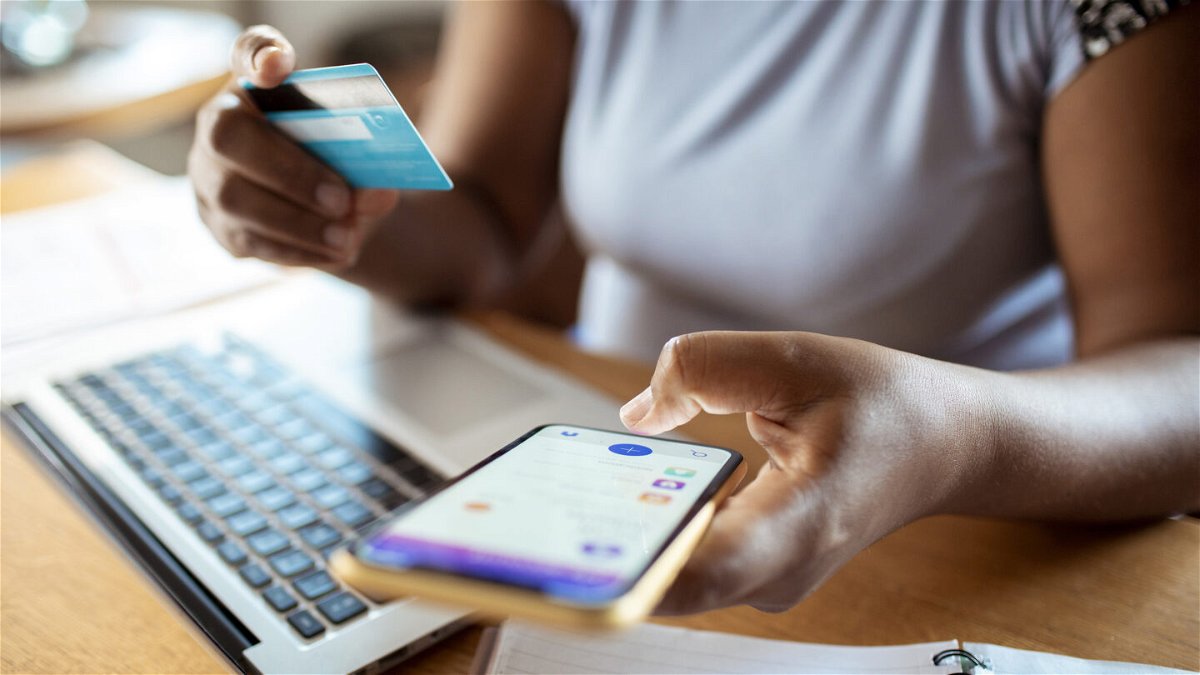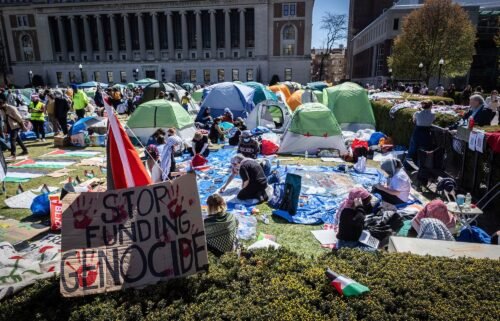What to do with your credit card debt now that the Fed raised rates again

Consumer debt — especially variable-rate credit card debt — will get more expensive due to the Federal Reserve raising its key interest rate.
By Jeanne Sahadi, CNN
The Federal Reserve on Wednesday raised its key interest rate for the 10th time since mid-March of last year.
Each time the Fed raises the rate, the lending rates that banks charge their customers tend to follow. That means consumer debt — especially variable-rate credit card debt — will get more expensive.
“The average credit card rate is now at a record high above 20%,” said Greg McBride, chief financial analyst for Bankrate.com.
More specifically, it was at 20.23% as of April 26. That’s well above the 16.3% average at the start of 2022.
If you pay off your bill in full every month that is not a concern for you. But if you carry a balance, and especially if you only pay the minimum amount due, you will be shelling out more dollars every month just for interest, and it will take you longer to pay off what you owe.
Expect to see your interest rate go up within a few statements.
Your best bet is to try to find a good balance-transfer card with an initial 0% rate and make a plan to pay off what you owe in the coming months before a high rate kicks in.
“Turbocharge your debt repayment efforts with a 0% balance transfer offer, some lasting as long as 21 months,” said McBride. “This insulates you from further rate hikes and gives you a runway to get the debt paid off once and for all.”
But first find out what, if any, fees you will have to pay (such as a balance-transfer fee or annual fee), and what the penalties will be for late or missed payments during the zero-rate period.
The best strategy is always to pay off as much of your existing balance as possible — on time every month — before the zero-rate period ends. Otherwise, any remaining balance will be subject to a new interest rate that could be higher than you had before, if rates continue to rise.
If you can’t get a zero-rate balance card, your second best option might be a relatively low fixed-rate personal loan.
The average personal loan rate was 10.82% as of April 26, according to Bankrate. But the best rate you can get will depend on your income, credit score and debt-to-income ratio. Right now, the current range of rates on offer runs from 6% to 36%.
Bankrate’s advice: To get the best deal, ask a few lenders for quotes before filling out a loan application.
The-CNN-Wire
™ & © 2023 Cable News Network, Inc., a Warner Bros. Discovery Company. All rights reserved.


